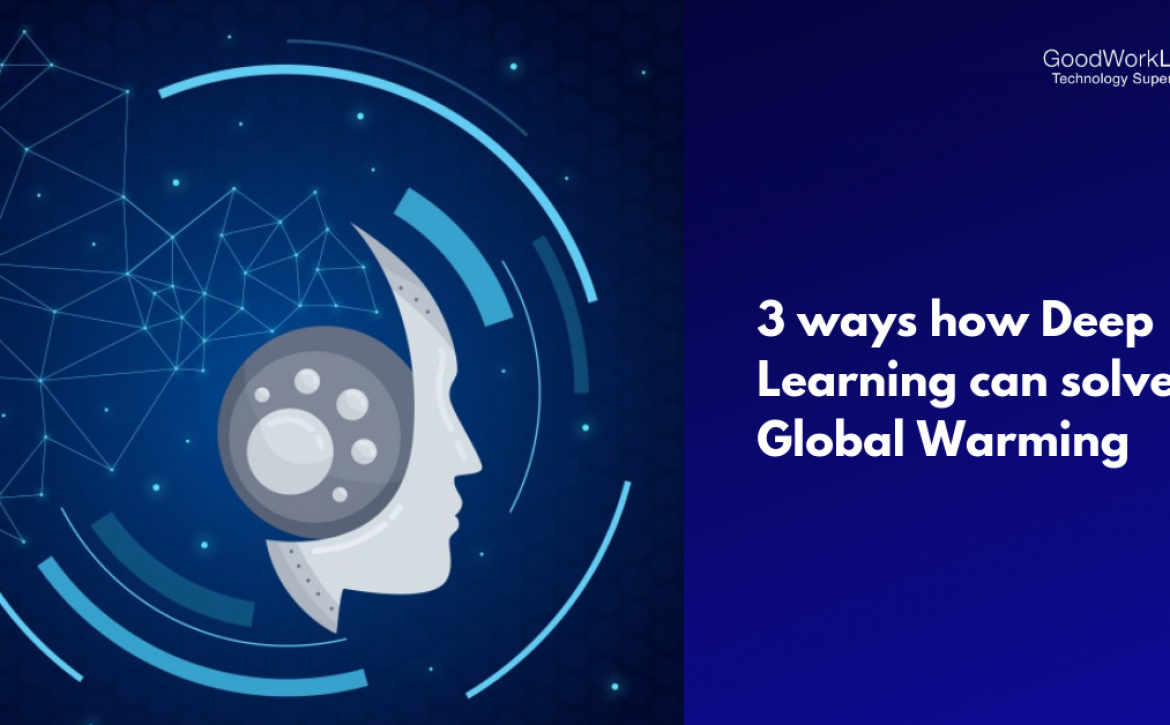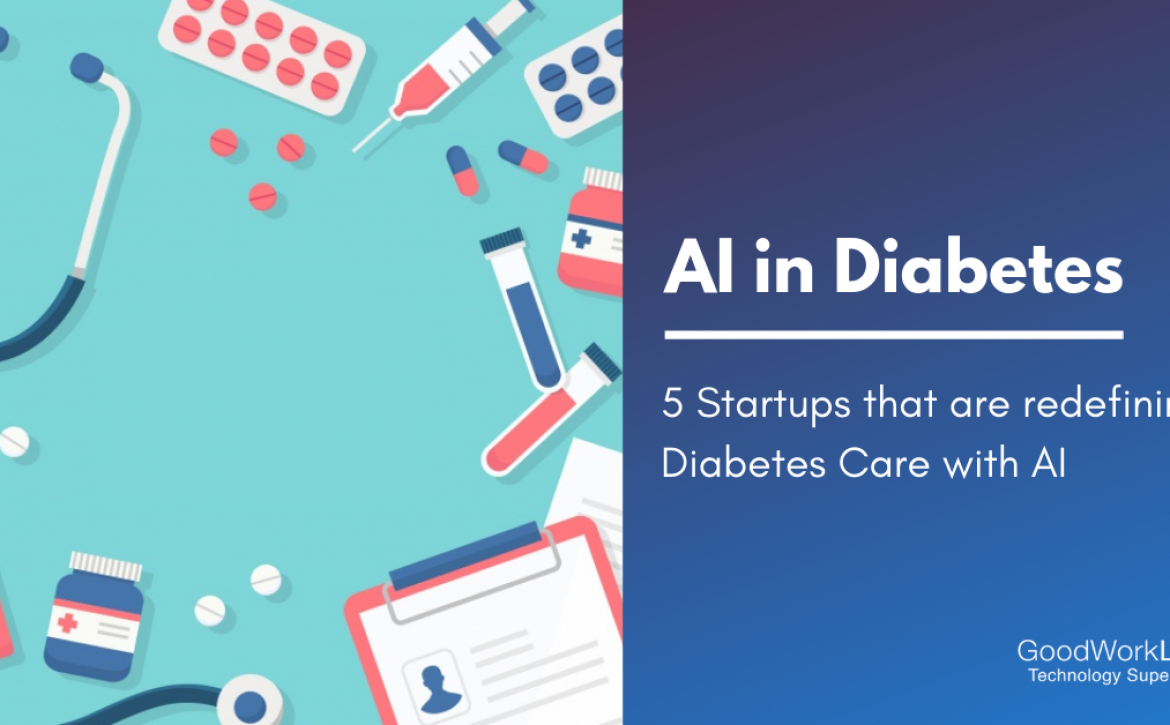The Potential of AI in Capital Market
Artificial Intelligence in Investment Banking
Despite deep roots of origin, Capital Markets have evolved with the help of technology and still holds an appetite for innovation and improvement. Capital market firms such as investment bankers have been testing AI for implementation since the precursor technologies.
Before AI got some mainstream attention in the form of self-driving cars and robots, capital market firms have been leveraging machines for their daily operations such as algorithmic trading, quantitative analysis, and market predictions. These facts show how forward the capital market is in the tech race by capitalizing on emerging ideas and leveraging them for value generation for clients.
Though most firms use AI for becoming cost efficient, the potential of AI in the capital markets is beyond imagination and can create value across the organization.
What makes AI stand out from other technologies
Below are the features that make artificial intelligence a desired technology for businesses today.
1) Sense: AI can collect, recognize, sort, and analyze structured and unstructured data in the form of text, audio, and images.
2) Comprehend: Artificial intelligence can then derive meaning, knowledge, or insights by using that data.
3) Act: The comprehension gained is later used to perform a defined process, function or activity.
4) Learn: AI takes real-world experiences into account and evolves over time, thus enabling it to resemble a human brain and handles multiple tasks at once.
High-degree of customized AI interactions.
With hyper-personalization, curation of real-time information, and conversational interfaces, AI delivers enhanced interaction in the form of superior experience to clients. The advent of AI made it possible to cater to a high degree of customization in a cost-effective manner along with flexibility. AI analyzes the clients’ behavior and provides information instantly.
Currently, capital market firms are after storing, categorizing, and analyzing sales and trading conversations to better forecast client needs and enhance the effectiveness of interactions. This is achieved by the introduction of digital assistants handling the sales and services interactions.
Digital assistants are a cost-effective way to deliver a sophisticated and improved experience to the users. It eliminates the need to fill forms, navigate online portals, and the need for additional human resources. The involvement of digital assistants can also greatly improve the client’s acquisition and retention rate.
Intelligent products
AI can help you move up the value chain, access new ecosystems, and introduce innovations in the market faster than ever. AI enables the monetization of new services and products and also makes existing service offerings profitable in new geographical markets.
Enhanced trust
With AI at disposal, trust is enhanced in terms of governance. Compliance, risk, finance, legal and audit are necessary for vigilant oversight. AI provides a cost-effective approach to governance with important insights.
Transparency and traceability should be on top priority for capital market firms who are thinking of building and using AI solutions. Also, most capital market firms that are currently using AI are focusing on automating things that they currently do. But the real value lies when the scope of AI is used to enhance human judgment, to expand products and services, to improve client interactions, and to build trust and confidence among the stakeholders.
Potential of AI in capital markets
The massive potential that AI holds can be encashed in risk management, stress testing, conversational user interface, and algorithmic trading. Also, in recent times, the attention has shifted to client service in the form of next-best-offer and next-best-action decision making.
1) Intelligent automation:
The advancement in technology has made the layering of cognitive capabilities on automation technologies possible, thus enabling self-learning and increasing autonomy.
2) Enhanced interaction:
Curation of real-time information, hyper-personalization, and conversational interfaces have enabled the delivery of superior client experiences.
3) Intelligent products:
New products and services can be launched with the aid of AI along with tapping into new business markets and business models.
4) Enhanced judgment:
Human intelligence can be augmented with AI capabilities and decision making can also be improved.
5) Enhanced trust:
With AI, the whole organization can be kept intact and trust can be flourished outside the organization in how AI is used.
The future belongs to AI
Now is the time when the value of AI should be understood by capital market firms in order to build a base camp for it to flourish now and in the times to come. AI has more potential than just achieving efficiency in the daily tasks and cost-cutting.
The real question is, how you choose to deploy it?
Fuel your AI engine by redefining your ecosystem and distinctly identifying your source data, internal as well as external. Datasets have a major role to play in the AI world, so be vigilant about which data can be shared and can be monetized.
Set guidelines for your AI
Capital markets out of the many industry lines are the most regulated. As the application of AI will grow in this industry, a new set of regulations will be imposed. With all these constraints, how you choose to use technology and adhere to the regulations will always be a point of discussion. Strong guidelines will help you in the long run. Guidelines that define your data use ethics, information sharing policies, maintain transparency, and privacy.
Final Words
AI is all set to help you improve your business practices and augment your forthcoming ventures. Capital market firms are still in the pipeline to understand the complete worth of AI and all that is at stake. With well-defined guidelines and an appropriate dataset, AI can yield constant and better results on an auto mode. The future is full possibilities and the present is in your hands. Now, it is your call how you choose to direct your future!
Let’s connect to discuss further on how AI can add great value to your business process. Drop us a quick message with your requirements and we will be happy to get on a quick AI consultation call.
[leadsquared-form id=”10463″]





















